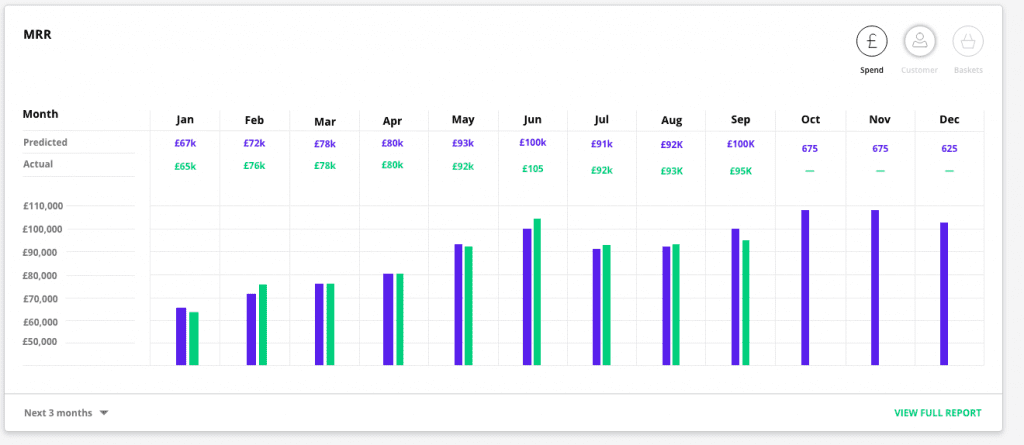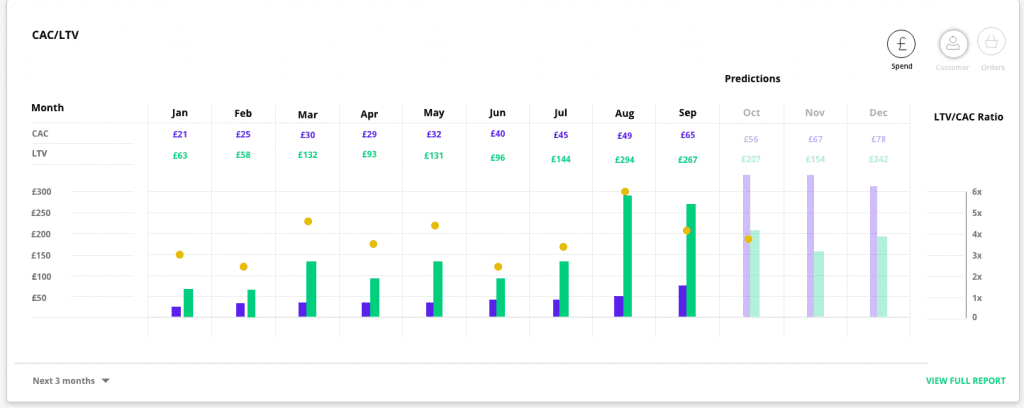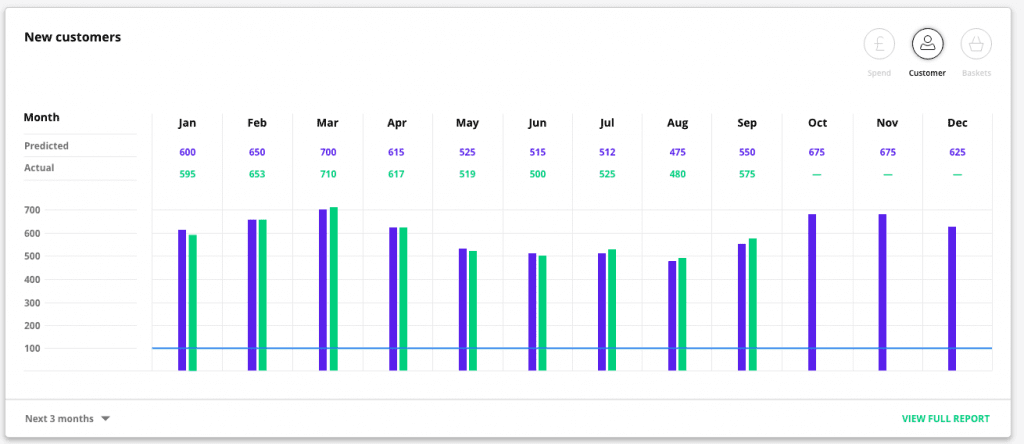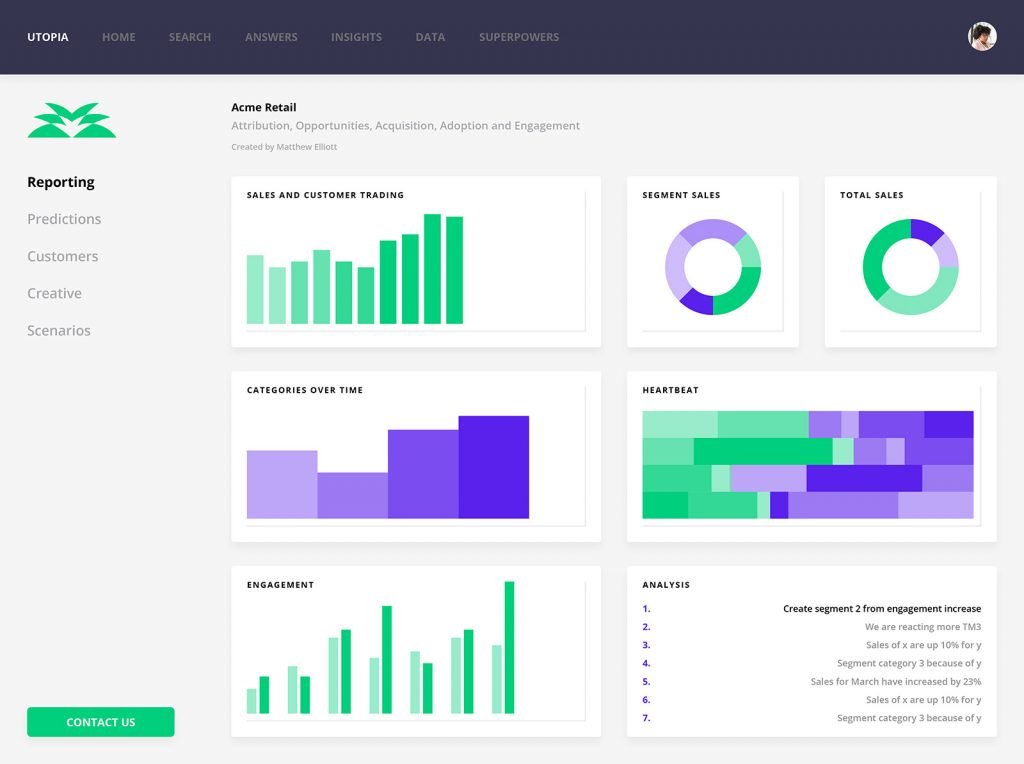SaaS needs it’s own CRM – but what should be ‘in’ it?
We believe there is a need for a brand new, true CRM for SaaS businesses.
There is always a great deal of discussion in StartUp and ScaleUp world about CRM and Customer Success. It’s not saying there aren’t enough CRMs, what it is saying is that SaaS businesses need a new, specifically built CRM for their business model and business operations.
There is a need for a brand new, true CRM for SaaS.
It’s fairly clear that the traditional CRMs are not built to deal particularly well with self-serve, Product-led growth.
We have developed a product that goes some way to solve the specific problems that SaaS companies face. We’re using our Utopia http://palmai.io/products/ product as the basis for this. We believe our innovative engine creates a brand new, true CRM for SaaS.
We wanted to combine the functions of a great CRM tool with the insights that come from SaaS product usage. But more than that, because some CRMs are seen as being a big Excel sheet, we wanted it to be Intelligent. Being in Sales or CS or marketing in a Scaleup is tough and we wanted to bring the power of intelligent insights to those folks who don’t have hours in their days.
What Should a SaaS CRM do?
There is a need for a brand new, true CRM for SaaS. Whether they are Sales or Product led, to get growth they need an intelligent CRM
1.Metrics out of the Box
We thought it would be great if you could get SaaS metrics out of the box. With the ability to then simply benchmark these metrics.
Metrics are always a bit of a debate. Here’s a few you might want to use https://a16z.com/2015/08/21/16-metrics/
Our thoughts are that having a system to compare Oranges with Oranges is really important. Not only internally within your company but also for other stakeholders.

2.System of Record for SaaS from the ground up
Whether you are Product-led or Sales-led or a hybrid, you need to have a clear and accurate record of customer interactions. We would suggest that the customer page(s) contains access to all key customer KPIs. These will include:
- Lifestage
- LTV
- Onboarding process
- Number of users
- Depth and breadth of product usage
- Favourite/least used features
- Upsells and Cross Sells
- Fails and successes
- Health Check
- Method of payment
- Marketing schedule
- ABM cycle
- Training schedule
- Business type/size – here’s a new tool to automate this, sector, locations, channels
- Competitors
By centring on the customer environment and ecosystem you gain superpowers.s

3.Alignment of Sales and Product
Some SaaS are Product-led in their growth, some are Sales-led. Our view is that maybe you can do both, or for different segments you want to try a hybrid approach.
The key thing is to be able to use all the info about the customer that you can at each point in the lifecycle. Identifying when key stakeholders are looking for depth in the product, when new users are onboarding, when referrals start free trials, all these rich data points can start highly profitable journeys for your business. Having the right skills at the right time to convert the sale, with the appropriate support, is key. But having this with an ability to scale is vital. Never miss a lead, never don’t convert an opportunity.

4.Used for and by Sales, Marketing and Customer Success
Oh no! Not another dashboard!
Obvs you need to supply the right metrics for them but also the right visibility. Everyone needs what they need to do their jobs. Even though this is available out of the box, you can config stuff for your inhouse teams too.
We also think you should have your payments in your CRM. That way it’s easier to make a sale.
Also, integrations to their other tools. This has to be smooth and easy. CS and Sales won’t use it if they have to copy and paste their emails into their CRM system 🙂
The key point here is that we can also collaborate quicker and easier. Using scheduling tools allows us to follow up smarter too.
Health scoring and renewal management are key to CS. From onboarding, nurture and renewal you also want those insights to play to Sales and Marketing. That should be part of the overall Customer Knowledge in the organisation. Different views, different domains but sharing of insight straight out of the box. This kind of detail is fantastic for department heads also. We believe this visibility just helps different functions work better together, but also see the successes that each of their decisions bring.
Who knows, maybe even Finance can join the party too?
5. Intelligent
There is a lot of debate around how smart some of these CRMs are. Some people liken some of them to large excel sheets.
Our belief is that CRM can be intelligent. Recommendations and actions based on insights and aligned to business objects is the way to go. We think that should be what you get out of the box.
Another key point here is that the intelligence can also help you make your metrics comparable. This will be useful internally, but also externally. Being able to use your own data in an industry acknowledged way will help cut through with stakeholders when getting into these conversations.
You will save a lot of time and gain a lot of credibility.

Photo by Tom Grünbauer on Unsplash
I just want a CRM that can be used by everyone and that services the customer in the way that is aligned to our values as a SaaS business.
Everyday Questions that can now get Actioned
Answering the key questions everyday is really important.
Typically, the challenges are:
Insights – what does my lifecycle look like, how am I gaining new customers, how do I prevent churn?
Behaviours – what are customers doing once they come to me within that lifecyle? How does each cohort behave, what type of customers are they?
Conversions – how do the customers convert? What can I do to optimise this process? What does my forecast really look like based on the evidence of how my customers behave?
Attribution – how do I attribute my success or learn from what didn’t go right?
There are two other components if you like that are key to success.
Automation
You don’t want your people grinding the gears everytime you need this info. Indeed, you need it to be automated so you can get a sense at anytime (24/7/365) on what you need to do. You can even send abridged versions to your data room at any time. Automation done well is a massive enabler and creates productivity where before there was doubt.
Close to the Transaction
Being integrated to a payment platform is really important. There is a lot of info you can get from Stripe for example that can help you understand customers better. But having payment info and the ability to take the order within the CRM for Sales and CS is a no brainer. This, we believe, is what can make that cash register ring a little bit more frequently with a little bit more power than before.

In conclusion, we think that systemising for Customer Success and CRM is vital to give scaling companies a real point of difference as they try and disrupt their sectors and markets.
To discuss this in more detail, please contact us below.
Thanks to Jebsen for writing up this https://www.saasmag.com/the-search-for-a-saas-crm/ as an inspiration for us to write more about what we are doing. We think we are aligned.